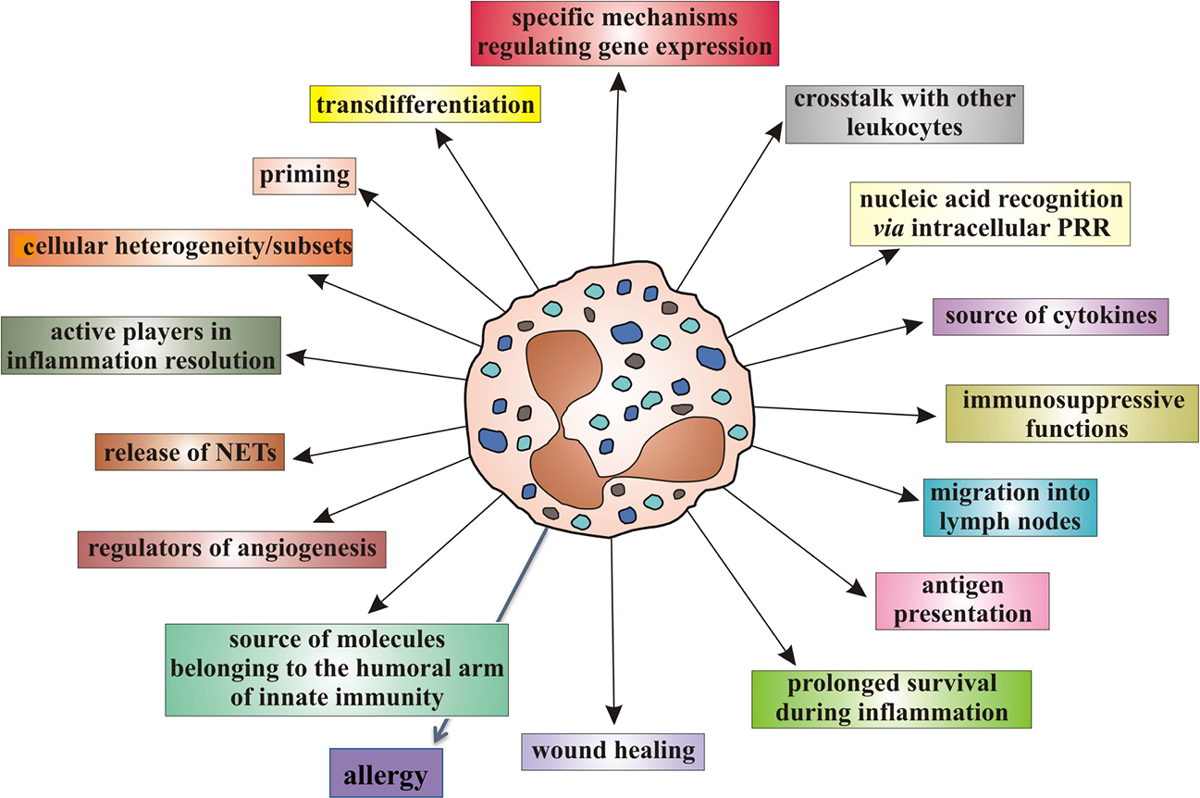The Association of Complementary and Alternative Medicine Use and Health Care Expenditures for Back and Neck Problems
SOURCE: Med Care. 2012 (Dec); 50 (12): 1029–1036
Brook I. Martin, PhD MPH, Mary M. Gerkovich, PhD, Richard A. Deyo, MD, MPH, Karen J. Sherman, PhD, MPH, Daniel C. Cherkin, PhD, Bonnie K. Lind, PhD, Christine M. Goertz, DC, PhD, and William E. Lafferty, MD
Department of Orthopaedics,
The Geisel School of Medicine at Dartmouth &
Dartmouth-Hitchcock Medical Center,
Lebanon, NH 03756, USA.
| This first national study of CAM/chiropractic expenditures for spine conditions finds that neither adds to overall medical spending.From Page 23: A recent study of 12,036 records in the Medical Expenditure Panel Survey (MEPS) investigated the costs of treating patients with low back and neck pain (Martin et al., 2012). The study estimated the expenditures for care among complementary and alternative medicine (chiropractic, homeopathy, herbalism, acupuncture, and massage) users relative to non-users. This study included a chiropractic-specific analysis of expenditures for chiropractic users versus non-users, as approximately 75% of all complementary and alternative medicine services were rendered by doctors of chiropractic.
Survey data were analyzed for the years 2002–2008. The analysis demonstrated that seeing a CAM/chiropractic provider did not add to overall medical spending. In fact, adjusted annual healthcare costs among chiropractic users were $424 lower for spine-related costs when compared to non-CAM users. Additionally, those who used complementary and alternative providers, including doctors of chiropractic, had significantly lower hospitalization expenditures. |
BACKGROUND: Health care costs associated with use of complementary and alternative medicine (CAM) by patients with spine problems have not been studied in a national sample.
OBJECTIVES: To estimate the total and spine-specific medical expenditures among CAM and non-CAM users with spine problems.
RESEARCH DESIGN: Analysis of the 2002-2008 Medical Expenditure Panel Survey.
SUBJECTS: Adults (above 17 y) with self-reported neck and back problems who did or did not use CAM services.
MEASURES: Survey-weighted generalized linear regression and propensity matching to examine expenditure differences between CAM users and non-CAM users while controlling for patient, socioeconomic, and health characteristics.
RESULTS: A total of 12,036 respondents with spine problems were included, including 4,306 (35.8%) CAM users (40.8% in weighted sample). CAM users had significantly better self-reported health, education, and comorbidity compared with non-CAM users. Adjusted annual medical costs among CAM users was $424 lower (95% confidence interval: $240, $609; P<0.001) for spine-related costs, and $796 lower (95% confidence interval: $121, $1,470; P = 0.021) for total health care cost than among non-CAM users. Average expenditure for CAM users, based on propensity matching, was $526 lower for spine-specific costs (P<0.001) and $298 lower for total health costs (P = 0.403). Expenditure differences were primarily due to lower inpatient expenditures among CAM users.
There are more articles like this @ our:
Cost-Effectiveness of Chiropractic Page
and our
From the FULL TEXT Article:
Introduction
Complementary and alternative medicine (CAM) includes professional services provided by chiropractic, homeopathic and naturopathic physicians, herbalists, acupuncturists and massage therapists.(Kaptchuk and Eisenberg 2001) As insurance coverage has become more widespread, CAM use among patients with spine problems has increased.(Eisenberg, Davis et al. 1998; Pelletier and Astin 2002; Nahin, Barnes et al. 2009) For example, the number of adults in the United States who sought chiropractic care, the most common type of CAM used by people with spine problems, increased 57% from 1997 to 2006.(Davis, Sirovich et al. 2010)
The financial impact of increased CAM use has been hotly debated. Some have argued that increased use of CAM services reduces the need for more expensive medical care; but others believe that CAM use increases costs because it supplements medical care rather than replacing it. (Metz, Nelson et al. 2004) Concerns that CAM coverage increases health care costs for the general population are not supported by claims data from large insurers or cost-effectiveness studies. (Legorreta, Metz et al. 2004; Sarnat and Winterstein 2004; Haas, Sharma et al. 2005; Nelson, Metz et al. 2005; Grieves, Menke et al. 2009; Liliedahl, Finch et al. 2010; Lind, Lafferty et al. 2010) However, such findings have not been examined using a national sample to estimate the impact of CAM use on total health care costs or for specific types of services (e.g., inpatient, outpatient, prescriptions, and emergency services).
Although a finding of lower expenditures among CAM users with back pain would be consistent with the hypothesis that it obviates the need for more expensive medical care, it might also reflect differences in demographic, clinical and treatment preferences between CAM and non-CAM users. For example, CAM-users are younger, more physically active, less likely to be obese, and have higher educational status and income compared to non-CAM users.(Eisenberg, Davis et al. 1998; Ndetan, Bae et al. 2009) Using data from a nationally representative survey of health care utilization and cost, we estimated differences in the total and spine-specific annual expenditures among CAM and non-CAM users with self-reported spine problems. Two methods (linear regression and propensity score matching) were used to adjust these estimates for observed demographic, clinical, socioeconomic, and health status differences between CAM and non-CAM users.
Read the rest of this Full Text article now!





Leave A Comment